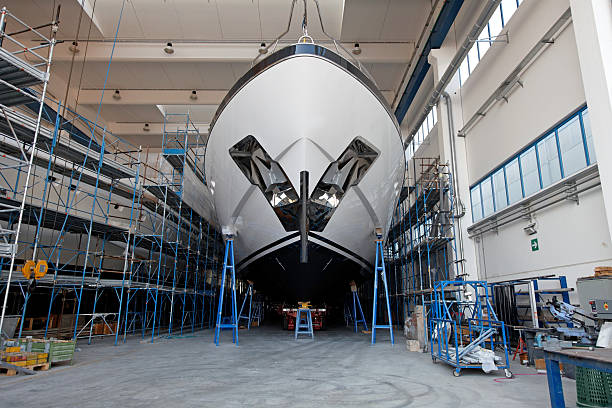1. What Is a Bilge Pump and Why Is It Important?
A bilge pump is a crucial device installed on boats to remove water that collects in the bilge—the lowest part inside the hull. This water can accumulate due to rain, leaks, or waves washing over the deck. Without a bilge pump, the water could build up and compromise the boat’s stability and safety.
Bilge pumps help keep boats dry and buoyant, preventing damage to electrical components and reducing the risk of sinking. Whether you’re a casual boater or a professional, having a reliable bilge pump is essential for safe boating.
2. Types of Bilge Pumps for Boats
There are two main types of bilge pumps: manual and automatic. Manual bilge pumps require hand operation and are typically used as backups in emergencies or on smaller vessels. Automatic bilge pumps use float switches or sensors to turn on when water reaches a certain level.
Choosing between manual and automatic pumps depends on your boat size, usage, and safety needs. Many boat owners opt for automatic pumps because they offer convenience and continuous protection without requiring constant monitoring.
3. How Does a Bilge Pump Work?
A bilge pump operates by sucking water from the bilge area and expelling it overboard through a discharge hose. The pump’s motor powers an impeller or diaphragm, which creates suction to draw water in. When the water reaches a preset level, automatic pumps activate and start pumping.
This simple yet effective mechanism ensures that water doesn’t accumulate inside the boat. Understanding how your bilge pump functions can help you maintain it properly and troubleshoot issues when they arise.
4. Choosing the Right Bilge Pump for Your Boat
Selecting the appropriate bilge pump depends on several factors, including your boat’s size, bilge volume, and how often you use it. The pump’s capacity, measured in gallons per hour (GPH), should be sufficient to handle the worst-case water inflow.
Additionally, consider the power source (usually 12V or 24V batteries), pump type, and installation location. Investing in the right bilge pump ensures efficient water removal and peace of mind during your boating adventures.
5. Installation Tips for Bilge Pumps
Proper installation is key to ensuring your bilge pump works effectively. Position the pump at the lowest point in the bilge, where water naturally collects, to maximize water removal. Secure the pump firmly to avoid vibrations and noise.
Also, make sure the discharge hose is routed correctly to avoid kinks or obstructions. Regularly check the pump’s wiring and switch connections to prevent electrical failures, which can be catastrophic during emergencies.
6. Maintaining and Troubleshooting Bilge Pumps
Regular maintenance keeps your bilge pump in optimal condition. Inspect the pump and hoses for debris, corrosion, or damage, and clean them as needed. Test the pump periodically by pouring water into the bilge to ensure it activates correctly.
If the pump fails to start or pump water effectively, check the float switch, wiring, and power supply. Early troubleshooting prevents minor issues from turning into costly repairs or safety hazards on the water.
7. Benefits of Automatic Bilge Pumps
Automatic bilge pumps offer convenience and continuous protection. By turning on automatically when water is detected, they reduce the risk of human error or neglect, especially during long trips or when the boat is unattended.
They also provide peace of mind, knowing your boat is protected against unexpected leaks or flooding. Many boat owners rely on automatic pumps as their primary water removal system, complemented by manual pumps as backups.
8. Manual Bilge Pumps: When Are They Useful?
Manual bilge pumps are reliable and simple, making them ideal backups for emergencies or small boats without electrical systems. They require physical effort but don’t depend on power sources, which can fail during critical moments.
Having a manual pump onboard ensures you have a last-resort option to remove water if your automatic pump or power system malfunctions. It’s an essential safety tool, especially for sailors and remote boaters.
9. Legal Requirements and Safety Standards for Bilge Pumps
In many regions, boats must comply with safety regulations that include having functioning bilge pumps. These laws are designed to prevent accidents caused by water ingress and ensure boats meet minimum safety standards.
Familiarize yourself with local maritime regulations regarding bilge pumps and ensure your equipment complies. Regular inspections and certification might be required, especially for commercial vessels.
10. Upgrading Your Boat’s Bilge Pump System
As boating technology evolves, upgrading your bilge pump system can enhance safety and performance. Newer models feature improved sensors, higher pumping capacities, and quieter operation.
Consider integrating your bilge pump with smart monitoring systems for remote alerts and control. An upgraded bilge pump system provides better protection and adds value to your boat.


